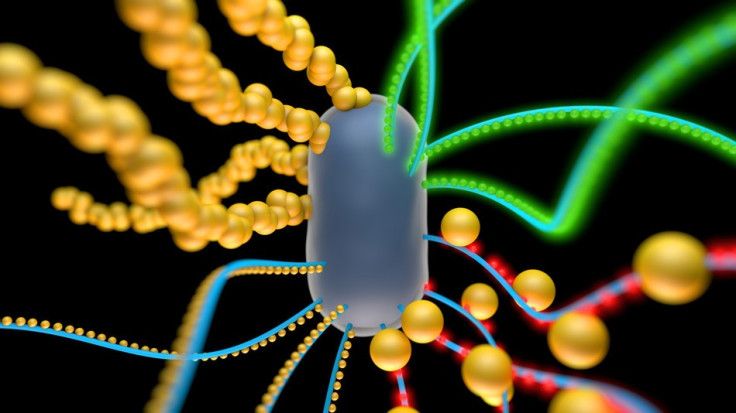Living Materials Research Paves Way for Self-Repairing Clothes

Scientists are developing ways to produce "living materials" that could potentially be used to grow fabrics and create clothing that can self-repair if damaged.
Researchers at Massachusetts Institute of Technology (MIT) used modified E. coli bacteria to form biofilms that they were then able to engineer to organise and self-assemble themselves.
The findings, recently published in Nature Materials, establish a proof-of-concept demonstrating the use of biology to control and pattern non-living materials "from the bottoms up".
Timothy Lu, associate professor at MIT and lead author of the study, believes that this could potentially lead to the integration of synthetic biology with materials science to create new "self-healing" materials.
"Living systems have the ability to sense their environment, adapt, self-heal, and organise themselves from the bottoms up across multiple length scales," Lu told IBTimes UK. "This is not a capability that non-living systems, such as modern materials, are able to perform.
"Thus, integrating living systems with non-living materials can yield the best of both worlds in terms of materials that are self-adapting, robust, environmentally friendly, healable, and multi-functional."
Future applications of these new materials could be seen in clothing such as self-healing shirts and trousers, however Lu believes there are still a few hurdles to overcome for the material to have the right strength and stretchability for consumer clothing.
"In theory, it's possible," he said. "We think promising real-world applications include self-healing materials, engineering novel adhesives, building structural materials, sensors and evolving materials to improve their performance."
© Copyright IBTimes 2025. All rights reserved.






















